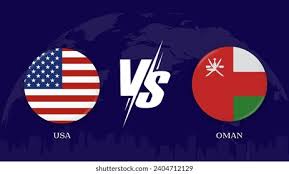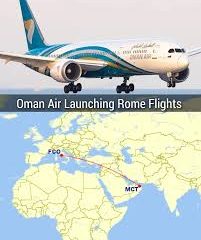Understanding the United States vs Oman Relations

Introduction
The diplomatic relationship between the United States and Oman has gained significant attention, particularly in the context of geopolitical stability in the Middle East. Oman, a strategically located nation, has established itself as a valuable partner to the United States, especially in terms of security and economic cooperation. This article delves into the various dimensions of the United States and Oman relations, highlighting their importance in contemporary global politics.
Historical Background
Diplomatic relations between the United States and Oman date back to 1840 when they signed a Treaty of Amity, Commerce, and Navigation. This historical bond laid the foundation for a long-standing relationship, defined by mutual respect and shared strategic interests. Over the years, Oman has played a critical role in mediating conflicts and fostering dialogue in the region, making it an important ally for the United States.
Economic Ties
Economically, the United States and Oman engage in a robust trade partnership, bolstered by the U.S.-Oman Free Trade Agreement signed in 2006. This agreement has expanded trade opportunities and paved the way for greater investment in various sectors. Recent statistics indicate that the trade volume between the two nations reached approximately $2.5 billion in 2022, covering goods such as machinery, petroleum products, and agricultural products.
Military Cooperation
Military cooperation is another significant aspect of the United States and Oman relationship. Oman hosts a vital U.S. military base, which plays a crucial role in regional security and anti-terrorism efforts. Joint military exercises and training programs are regularly conducted, enhancing the operational capabilities of both nations. This cooperation was particularly evident during recent humanitarian missions and regional security operations.
Significant Challenges
Despite the strong ties, the relationship faces challenges, including regional instability and differing approaches to Iran. As Oman maintains a neutral stance in Middle Eastern conflicts, the U.S. policies may sometimes clash with Oman’s diplomatic approaches. However, both nations continue to find common ground, focusing on security and economic growth.
Conclusion
The relationship between the United States and Oman is characterized by a long history, mutual interests, and strategic importance. As global dynamics evolve, it is likely that both countries will continue to deepen their ties, addressing challenges collaboratively while promoting stability in the region. For readers interested in international relations, the United States vs Oman dynamics provides a valuable case study of how small nations can play pivotal roles in global politics.









